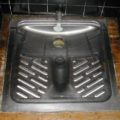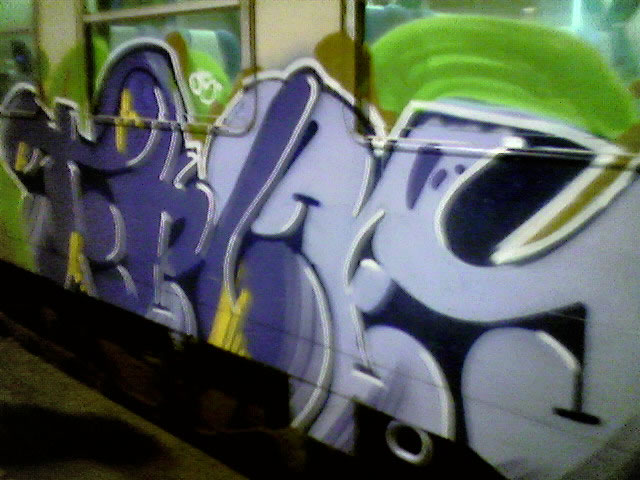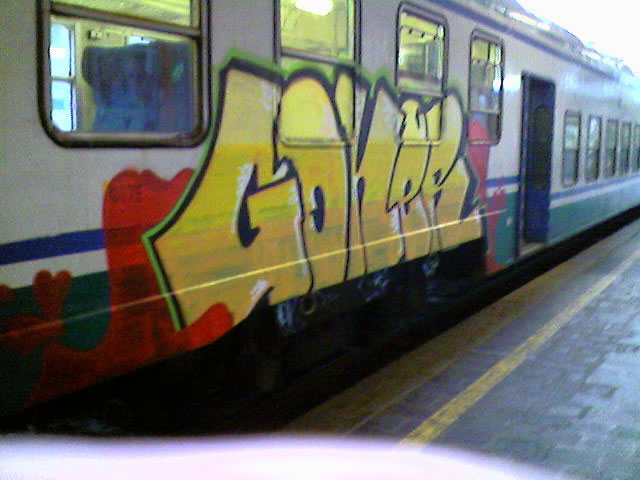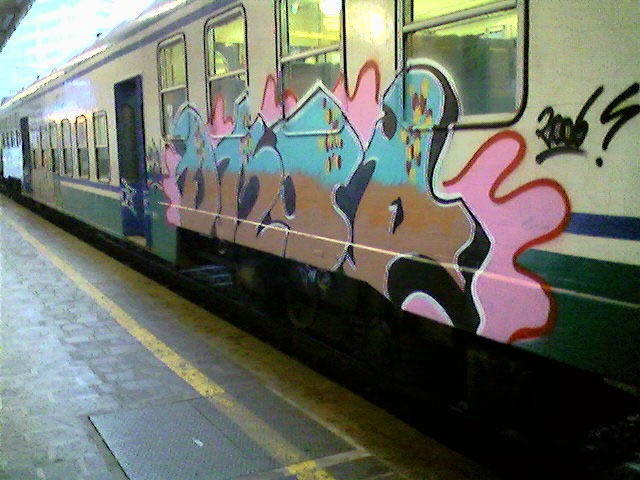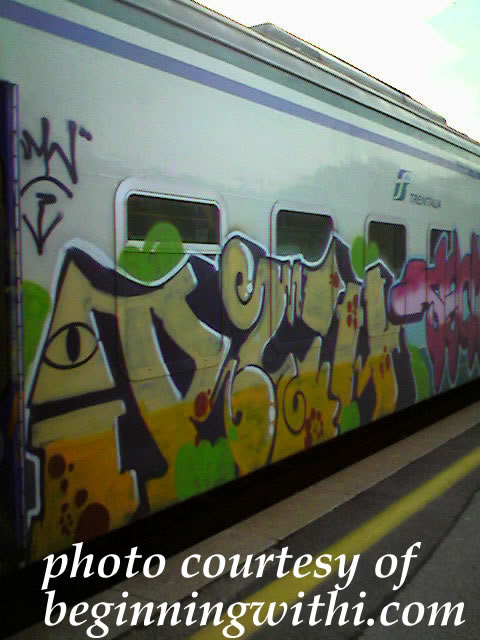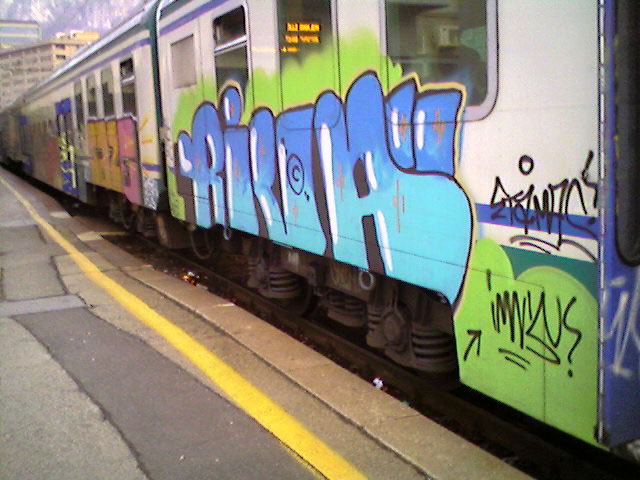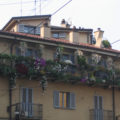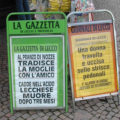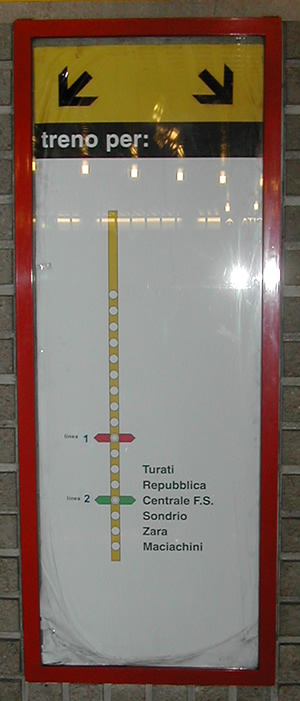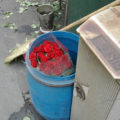If I believe what I read in the media (and some bloggers), American parents are getting hysterical about MySpace. For those not in the know (if you’re over 25 but don’t have a teenage child, that likely includes you), MySpace is an online community with tens of millions of members, most of them adolescents and (very) young adults. MySpace allows every member to maintain a personal blog, post photographs and videos, “share” music (only music already on the MySpace system – it works very well as marketing for little-known bands), and be “friends” with anybody who will agree to be listed as your friend.
Young people seem to use MySpace primarily to communicate by leaving photos and comments on each other’s blogs. Bands and, increasingly, filmmakers, use it to promote themselves to the lucrative youth audience.
As is true with almost every Internet community, anyone can join anonymously or under a pseudonym, or even pretend to be someone else. In other words, it’s easy for a 50-year-old pervert to pretend to be a cute teenager (complete with fake photos) in order to pick up innocent young girls or boys. It’s also easy for a 13-year-old to pretend to be 16 (even with real photographs – the way kids are growing these days, who could tell?) and get herself in over her head with an older guy in a way that neither of them intended.
All this is possible, and no doubt happens; with so many members, you’re statistically bound to have a few really bad apples. Does this mean that MySpace is inherently evil and parents should forbid their kids to use it?
danah boyd, a PhD student at Berkeley and social media researcher at Yahoo, studies online phenomena and writes about her observations with wit and wisdom. She vigorously defends MySpace as one of the few public spaces in which American teenagers can hang out (at least virtually) without overt adult supervision.
I didn’t spend my adolescence in the US and am not raising an adolescent there now, so it had not occurred to me that American kids lacked such spaces in the real world. I figured that the Chock’lit Shoppe of the Archie comics had been replaced by fastfood joints, and/or that kids hang out at malls (and spend money – don’t mall merchants love this demographic?).
Apparently I was wrong. Some convenience stores are experimenting with a sonic device which emits a piercing whine that can be heard by adolescent ears but not by duller adult hearing – so it deters the kids from hanging around in front of the store, without disturbing adult customers. Some malls are also apparently breaking up and moving on idle gangs of teens caught just hanging out.
The kids have nowhere to go after school except home, where they remain alone, in contact with other human beings only via the Internet. Hence their need and desire for MySpace.
What a terribly sad picture of adolescent life. Kids need time to get to know each other and themselves in unsupervised contexts. They need to learn how to evaluate situations and people, without the constant presence of a parent telling them what’s good or bad. They need and deserve privacy.
Perhaps part of the reason Italian teenagers seem more mature than American ones is that Italy leaves real public space for them. An advantage of living in a smallish town in Italy is that it’s completely normal for kids 14 and up to hang out downtown, even into the wee hours of the morning (on weekends), and nobody worries about it. In Lecco, the main teen hangout is a pedestrians-only piazza in the heart of downtown, which is also the site of the bar/café favored by many teens.
This piazza is also usually crowded with people of every other age – adults, seniors, tourists, small kids in strollers or on tricycles. There are restaurants and shops and several bars (NB: Italian bars mostly serve coffee). So there’s always someone around to keep an eye on things, including adults who work there or whose homes overlook the piazza. The kids hanging out are not observed by their own parents (eww – that would be gross!), but are loosely in contact with and supervised by older people; the situation is safe for all concerned.
Given the difficulty of duplicating this in an American suburb, I agree with danah – let the kids have their MySpace! It’s sad that that’s all they have, but it’s better than nothing.
Update
May 21, 2006
I was premature in assuming that “the Mosquito” had already been installed in the US – though it soon may be, since the device first came to public attention last November.
I first heard about it from Boing Boing, and here’s an accessible copy of the article they referred to.



